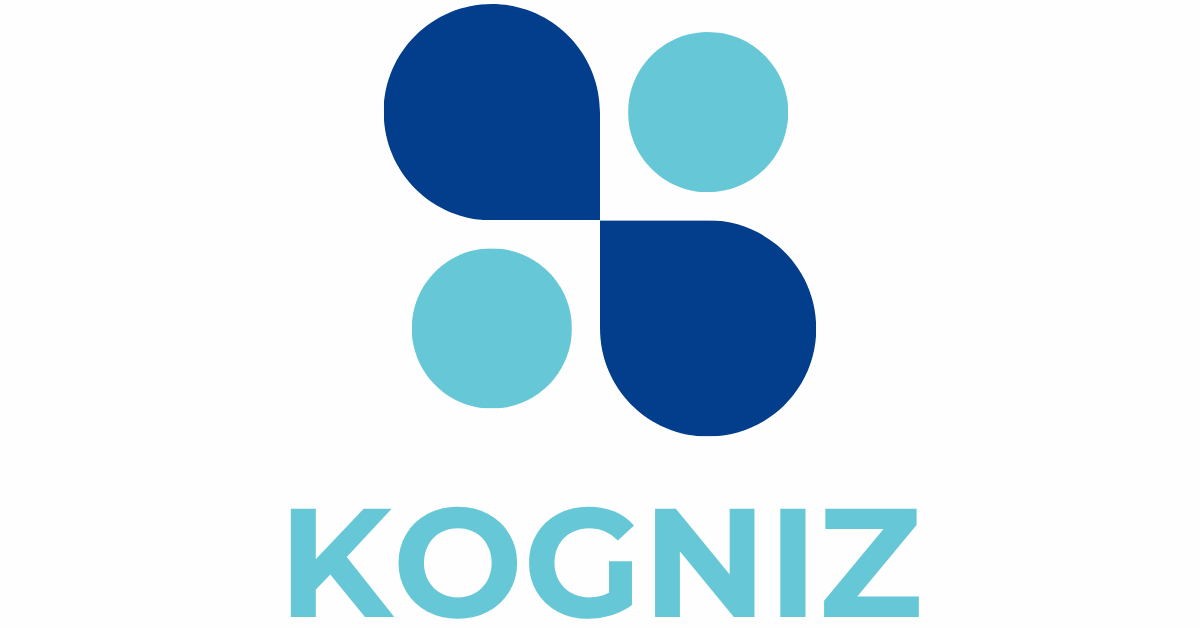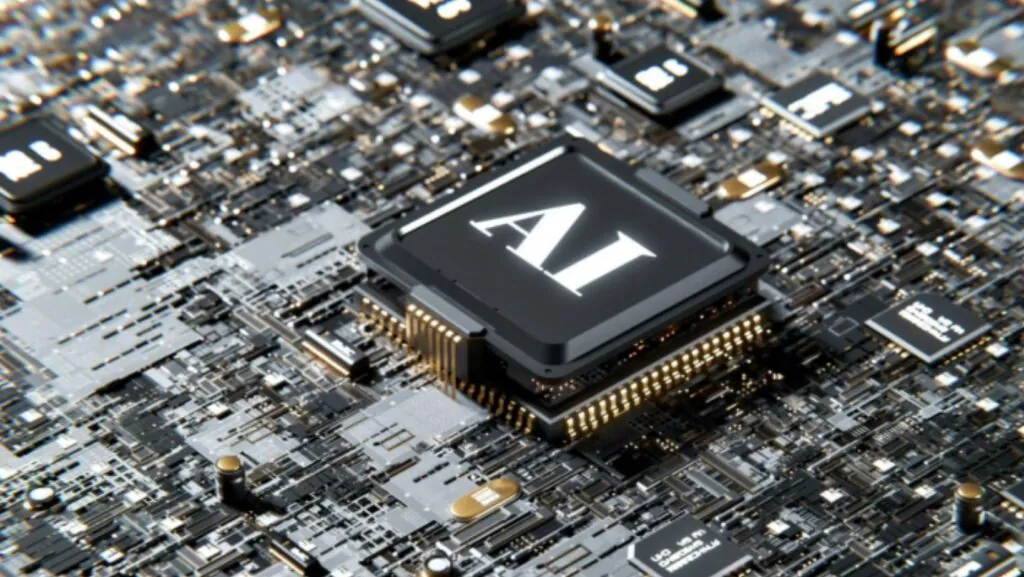In today’s rapidly changing business environment, the integration of technology has become paramount to enhancing both safety and efficiency in the workplace. With the rise of artificial intelligence (AI), companies are discovering transformative ways to protect employees, reduce risk, and streamline daily operations.
By tapping into AI-driven systems, organizations are not only improving productivity but also setting new benchmarks for workplace safety. According to the National Safety Council, workplace injuries cost employers over $170 billion annually, a staggering figure that highlights the urgent need for innovation.
Interestingly, this same wave of digital innovation is reshaping industries beyond the workplace. For example, advancements in secure platforms and user experience can be seen across sectors like online entertainment, where players seek the best online casino in Canada for safety, transparency, and reliability. This parallel demonstrates how trust, technology, and user protection remain central themes across modern digital ecosystems.
Table of Contents
ToggleThe Evolution of Workplace Safety Technology
From manual oversight to the implementation of advanced systems, the journey of workplace safety technology is fascinating. In earlier days, safety measures were largely reactive, focusing on fixing issues after they occurred. Our approach has evolved significantly over the decades:
- Manual Monitoring: Initially, safety inspections relied heavily on physical checks and observational assessments. This method presented challenges, as it was often prone to human error.
- Automated Systems: With the emergence of computers in the workplace, automated systems began to take over some aspects of monitoring. These systems could track data and generate reports, streamlining the process.
- Data-Driven Insights: Nowadays, we see an increase in data analytics driving safety protocols. The collection of extensive data points aids in understanding potential risks and proactively addressing them.
The evolution doesn’t stop here, AI takes us into a new era of safety technologies.
Understanding AI and Its Impact on Safety Protocols
Artificial intelligence represents a significant leap forward in how we approach safety in the workplace. By analyzing vast amounts of data, AI can identify patterns that may indicate a rise in risk factors. Let’s break this down further:
Predictive Analytics
AI systems use predictive analytics to foresee potential hazards, allowing us to carry out preventive measures before incidents occur. For example, machine learning algorithms can detect anomalies in machinery operations or employee behavior, alerting us to potential risks.
Enhanced Training Programs
AI technologies can personalize safety training programs based on individual employee needs and risks they may face. Virtual reality simulations can provide hands-on experience in a controlled environment, significantly improving retention and understanding.
In essence, AI reshapes safety protocols by providing real-time insights, enabling more informed decisions that prioritize employee well-being.
AI Applications in Enhancing Workplace Efficiency
While safety is critical, enhancing workplace efficiency is equally vital for operational success. AI can help this in various ways:
- Automated Scheduling: AI algorithms can analyze work patterns and optimize schedules according to project demands, ensuring that we have the right resources available at the right times.
- Smart Inventory Management: Through machine learning, AI can predict when supplies are running low and automatically reorder them, minimizing downtime.
- Employee Assistance: Implementing AI chatbots or virtual assistants can streamline communication, allowing employees to focus on productive tasks rather than administrative duties.

When we blend safety with efficiency, the results can significantly enhance morale and overall productivity.
Successful Implementations of AI in the Workplace
To appreciate the potential of AI, VR and AR, we can look at several case studies:
Manufacturing Sector
A leading automotive manufacturer adopted AI-driven predictive maintenance systems, reducing machinery downtime by 25%. By analyzing data from sensors on equipment, the company could identify when a machine was likely to fail and schedule maintenance proactively.
Construction Industry
In construction, a major firm used AI-powered drones to monitor sites for safety compliance. This initiative led to a 30% reduction in workplace accidents due to real-time alerts sent to site managers about hazardous situations.
These examples illustrate how companies can leverage AI for enhanced safety and efficiency, yielding tangible benefits.
Challenges and Considerations in Adopting AI Technologies
But, it’s crucial to recognize that integrating AI into workplace safety isn’t without challenges. Some considerations include:
- Data Privacy Concerns: Implementing AI requires access to vast amounts of data, which raises concerns about employee privacy. Developing clear policies on data usage is essential.
- Initial Costs: The investment required for AI systems can be substantial. Companies must assess the long-term benefits against initial expenditures to justify these costs.
- Employee Training: Proper training is imperative to ensure employees can effectively use these new systems. Resistance to change can hinder the overall success of AI initiatives.
Addressing these challenges is key to successfully adopting AI technologies.
Future Trends in AI and Workplace Safety
Looking forward, AI is poised to drive even further advancements in workplace safety:
Wearable Technology
Smart wearables equipped with AI can monitor workers’ health metrics in real-time, alerting them to potential dangers based on vital signs. For instance, tracking fatigue levels can help prevent accidents due to lack of alertness.
Advanced Robotics
With the rise of AI, we can expect an increase in the use of collaborative robots (cobots) in hazardous environments, where they can assist or fully carry out dangerous tasks, reducing risk to human workers.
Continuous Learning Systems
AI will increasingly incorporate feedback mechanisms that continuously improve safety protocols and mitigate new risks as they arise. The future is bright as we combine AI’s capabilities with our vision of creating safer, more efficient workplaces. Guidance from the Government of Canada’s responsible use of artificial intelligence framework reinforces this direction, highlighting how feedback-driven AI systems can enhance transparency, accountability, and long-term workplace safety.





